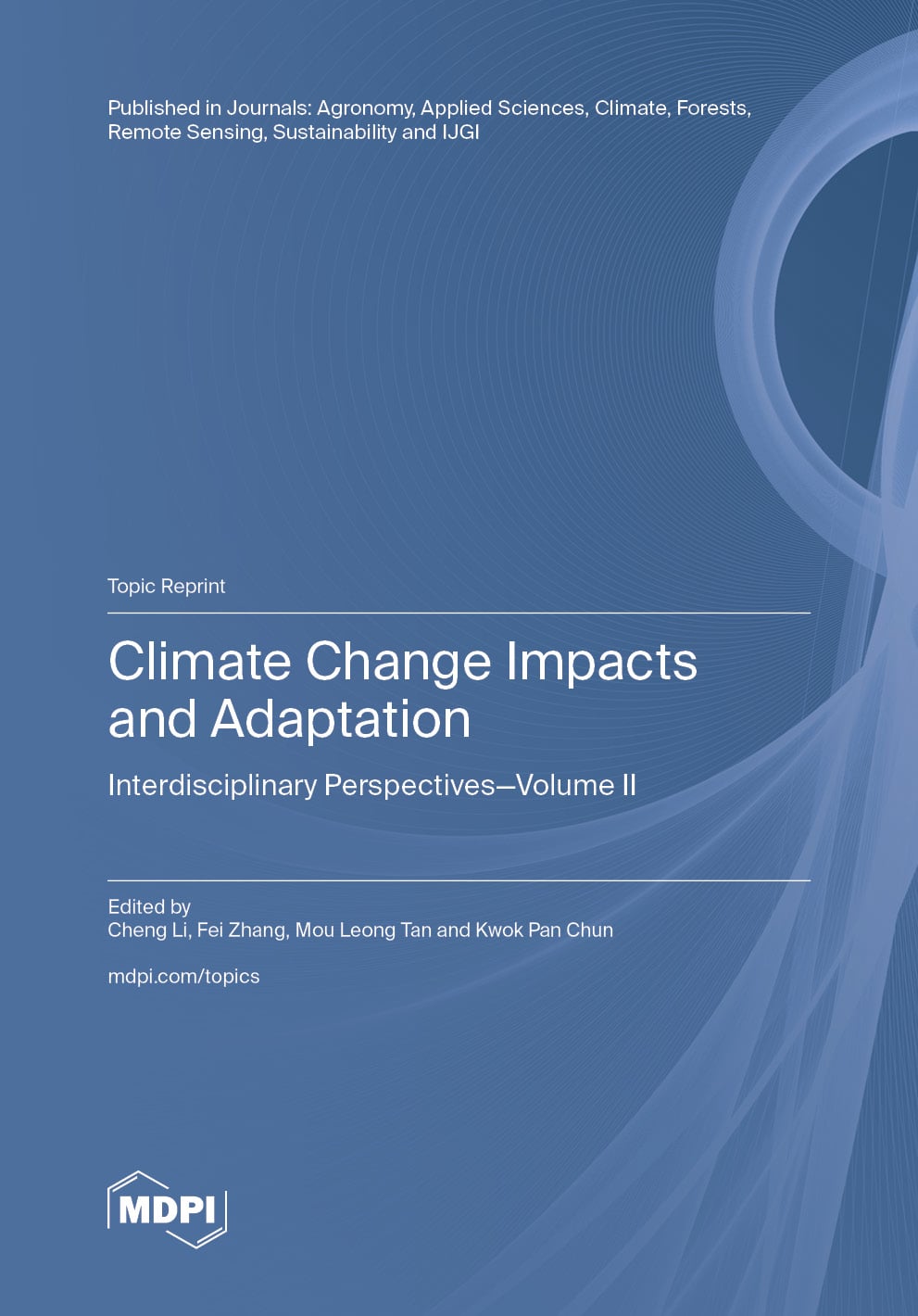- 3.4Impact Factor
- 6.7CiteScore
- 18 daysTime to First Decision
Agronomy
Agronomy is an international, peer-reviewed, open access journal on agronomy and agroecology published semimonthly online by MDPI.
The Spanish Society of Plant Biology (SEBP) is affiliated with Agronomy and their members receive discounts on the article processing charges.
Quartile Ranking JCR - Q1 (Agronomy | Plant Sciences)
All Articles
News & Conferences
Issues
Open for Submission
Editor's Choice
Reprints of Collections

Reprint
Climate Change Impacts and Adaptation
Interdisciplinary Perspectives—Volume IIEditors: Cheng Li, Fei Zhang, Mou Leong Tan, Kwok Pan Chun

Reprint
Climate Change Impacts and Adaptation
Interdisciplinary Perspectives—Volume IEditors: Cheng Li, Fei Zhang, Mou Leong Tan, Kwok Pan Chun

